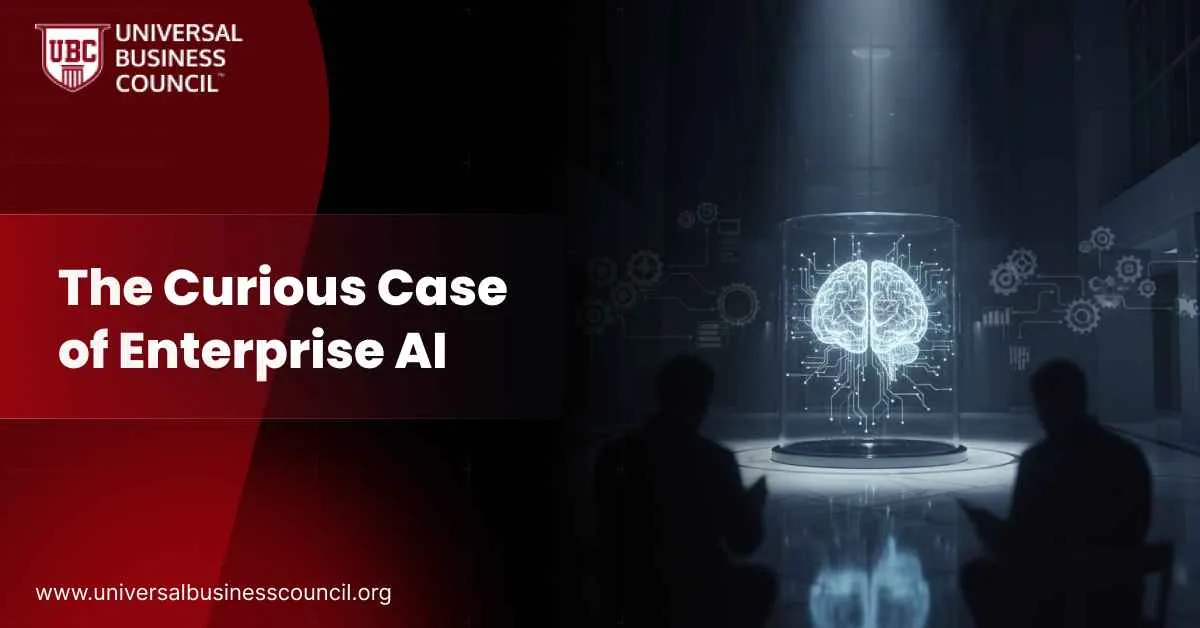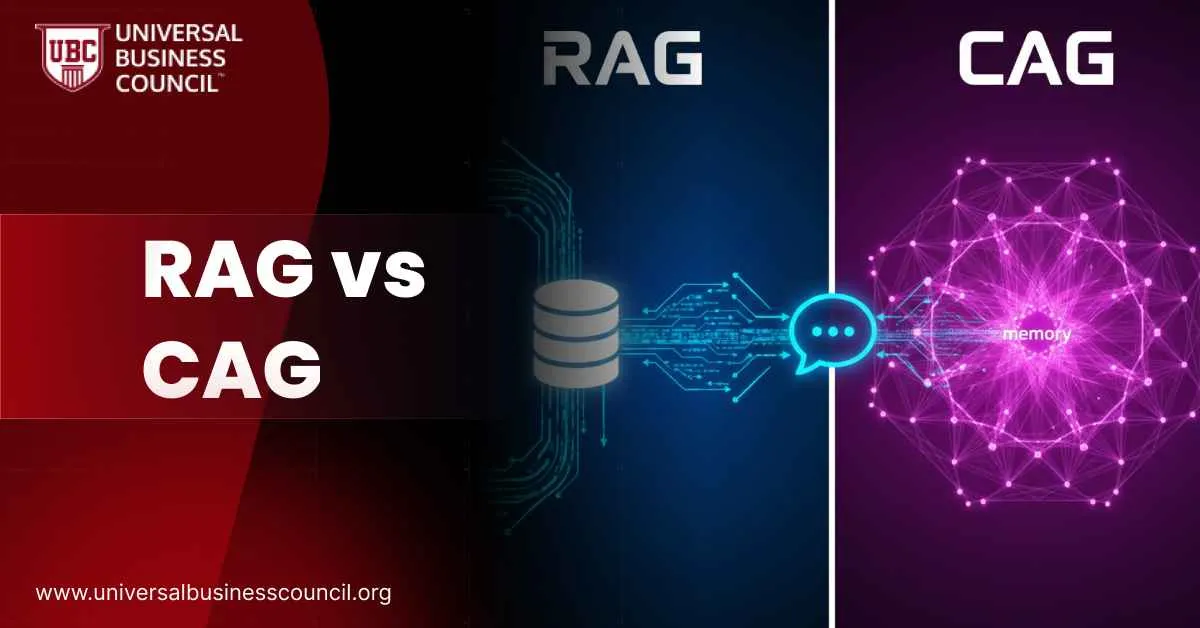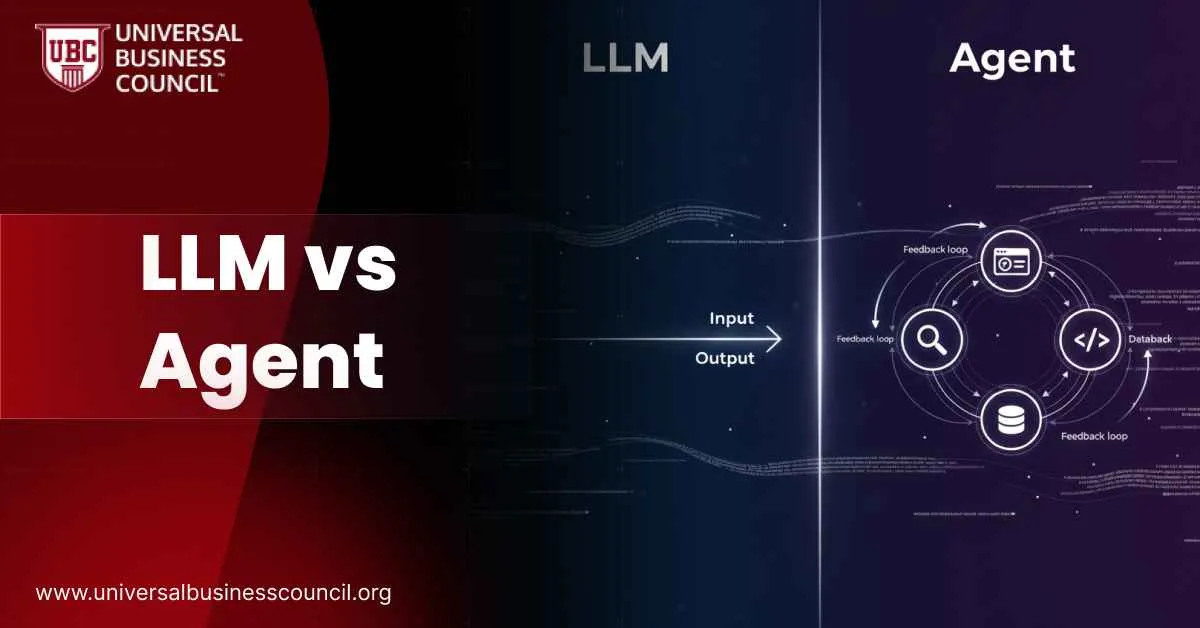
Blockchain Trends and Their Impact
| Trend | Real-World Impact |
| AI Integration | Faster automation, smarter smart contracts |
| Stablecoin Adoption | Fast global payments, used in real business cases |
| Tokenized Assets | Small investors can buy real estate or bonds |
| Self-Sovereign Identity | Private, portable digital ID |
| CBDCs | Government-backed digital money |
| Green Blockchain | Eco-friendly systems, better for ESG goals |
| Interoperability | Blockchains can talk to each other |
| Enterprise Blockchain | Firms use it for supply chain, finance, compliance |
| Regulation Progress | Clearer rules help adoption |
| Gaming & Metaverse | Digital ownership inside apps and virtual worlds |
1. AI-Enhanced Blockchain Use Cases
AI and blockchain are working together in new ways. AI improves automation and decision-making. Blockchain makes data secure and tamper-proof. In 2025, we’re seeing AI agents that can manage smart contracts, audit on-chain activity, and optimize DeFi strategies. Many new platforms now offer AI-powered transaction screening and fraud detection.2. Stablecoins Are Becoming Default Payment Tools
Stablecoins are now used beyond crypto apps. Businesses use them for payroll, invoicing, and international payments. They are faster and cheaper than bank wires. Last year, stablecoins processed over $28 trillion in transaction volume—more than Visa or Mastercard. As governments pass clearer rules, their adoption is only increasing. Popular stablecoins include USDC, USDT, and PayPal USD.3. Real-World Assets Are Now Digital Tokens
Tokenization means turning things like real estate, gold, or stocks into digital tokens. These tokens can be traded anytime, from anywhere. Big banks are launching tokenized money market funds. Real estate platforms now let you buy property shares with as little as $100. Tokenized assets are also easier to track, verify, and transfer. This makes investing more inclusive.4. Self-Owned Digital Identities Are On the Rise
Self-sovereign identity (SSI) is a major privacy trend. Instead of storing your identity with a big company, you store it yourself. You share only what’s needed. This is used in banking, government, hiring, and even healthcare. SSI works with verifiable credentials, making personal data portable and private. More countries and businesses are testing SSI frameworks in 2025.5. Central Banks Are Launching Digital Currencies
Many countries are working on Central Bank Digital Currencies (CBDCs). These are government-backed digital versions of money. CBDCs help governments fight fraud, deliver subsidies faster, and improve financial inclusion. India, China, the EU, and others are actively testing or rolling them out. CBDCs are programmable and work faster than traditional payment rails.6. Green Blockchain Is Now a Business Requirement
Energy use in blockchain used to be a big problem. Not anymore. Ethereum switched to proof-of-stake and cut energy use by over 99%. Other green blockchains—like Algorand, Polkadot, and Tezos—are growing fast. Businesses now prefer eco-friendly chains that don’t damage their sustainability goals.7. Cross-Chain Interoperability Is Getting Real
Different blockchains used to work in isolation. In 2025, that’s changing. Platforms like Polkadot, Cosmos, Chainlink CCIP, and LayerZero let you move assets or data across chains. This helps users avoid lock-in. It also creates new ways for apps to connect and share value. Interoperability makes Web3 feel more like the open internet.8. Enterprises Are Going All-In on Blockchain
Blockchain is now used by major firms for real operations. Supply chains use it for tracking. Banks use it for compliance and payments. Insurers use it for claims. The Canton Network—a project by Microsoft, Goldman Sachs, and others—is building an enterprise-grade blockchain for finance. Companies now value blockchain not for hype, but for efficiency and trust.9. Regulation Is Becoming Clearer
Governments are no longer ignoring blockchain. The U.S. is working on bills like FIT21 and the Stablecoin TRUST Act. Europe has MiCA. India has CBDC trials and VDA rules. Regulatory clarity helps banks, fintechs, and startups build without fear of breaking rules. This is key for mass adoption.10. Blockchain in Gaming and the Metaverse
NFTs and crypto gaming are not dead—they’re evolving. In 2025, players own game items, trade characters, and even earn tokens. Games like Illuvium and Star Atlas use blockchain for real economies. Metaverse platforms use NFTs for land, identity, and experiences. This trend keeps growing as games shift from “play-to-earn” to “play-and-own.”Top Blockchain Trends by Role
| Who You Are | Trends You Should Watch |
| Developer | AI tools, cross-chain, smart contracts |
| Investor | Tokenization, regulation, stablecoins |
| Business Leader | Enterprise chains, green blockchain, CBDCs |
| Startup Founder | Interoperability, NFTs, DeFi trends |
| Student or Learner | AI + blockchain, identity, foundational protocols |



